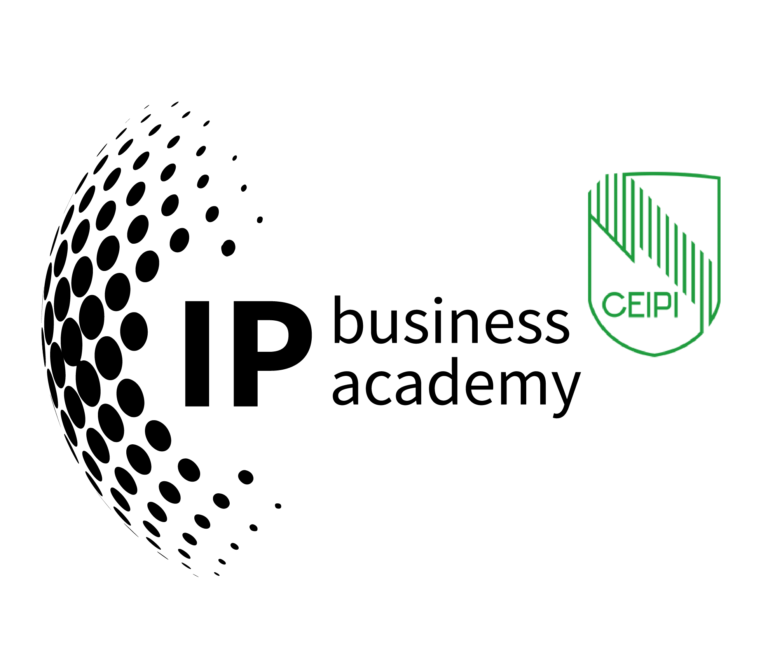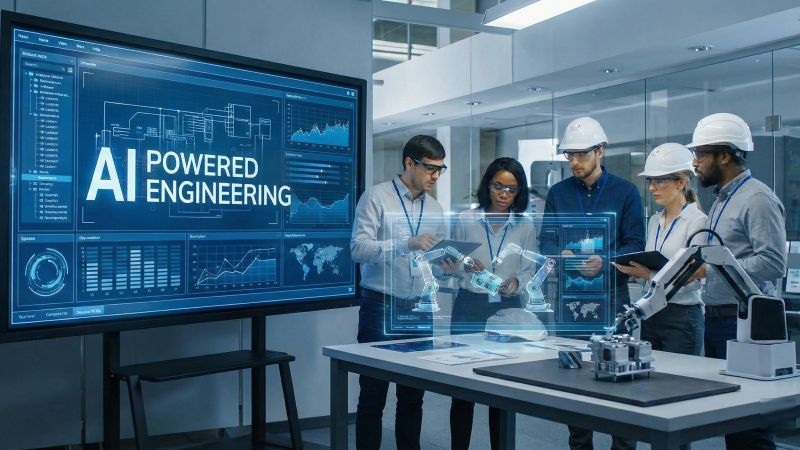AI-Powered Engineering: Why the Industrial World Is Entering a New Era
For more than a decade, digital transformation in engineering meant process standardization and automation, PLM integration, and the perpetual struggle to harmonise documentation across global R&D organisations. These efforts were necessary, but they rarely touched the creative core of engineering. They made product development more predictable, more structured and more compliant, but they did not fundamentally change how technical ideas emerge. What is unfolding now is different. Generative AI is no longer a side topic or a curiosity; it is rapidly becoming the most influential force shaping the design, development and optimisation of complex technical systems. Engineering, once perceived as a conservative part of the enterprise, suddenly finds itself at the centre of one of the most disruptive innovation waves in modern history.
Across industries, engineering teams depend on documentation that grows faster than any human can read it. They operate under regulatory frameworks that increase in volume and complexity every year. They introduce new technologies at an unprecedented pace and need to design systems that behave predictably even when dozens of disciplines converge. Mechanical engineering, electronics, embedded software, data-driven optimisation and systems engineering all collide in ways that make classical workflows insufficient. The question is no longer whether engineering can be accelerated, but how. The new generation of AI systems provides an answer. They read, summarise, compare and transform complex specifications in minutes. They generate new variants of designs, propose alternative architectures and identify risks that would take days or weeks for a human team to uncover. They work as copilots inside established engineering tools and widen the creative space in which new solutions emerge.
The most profound shift is that AI is no longer confined to text or image generation. It interacts with existing tools and system models, executes Python scripts for physics calculations, interprets regulatory documents and creates drafts that engineers can refine rather than start from scratch. The boundaries between ideation, prototyping, and documentation begin to dissolve. Development cycles shorten. Iterations multiply. Creativity becomes something that is not confined to whiteboards, but flows directly into engineering processes. What once required complex tool landscapes and extensive training now becomes accessible through conversational interfaces that blend technical precision with analytical reasoning. As a result, organizations reconsider how they allocate time, talent and resources. Instead of being overloaded with documentation tasks, engineers can reclaim the part of their work that matters most: designing, validating and refining better solutions.
For technology-driven companies, this shift is not optional. The competitiveness of future products will depend on the speed and quality of the underlying development processes. The next generation of CTOs and R&D leaders will be defined by their ability to orchestrate AI systems that multiply the capabilities of their teams. The new question is therefore not whether an organisation should adopt AI-powered engineering, but how it can introduce it safely and without disrupting existing workflows. This requires more than enthusiasm for new technology. It requires a deep understanding of engineering methods, system design principles, and the dynamics of real R&D environments. Only a combination of domain expertise and AI competence can lead to implementations that genuinely work.
This is where the work of our live interview guests, Thomas Meenken and Rik Rasor, becomes so relevant. Both combine decades of engineering experience with a deep understanding of modern AI systems. Thomas spent his life building and analysing technical systems, from circuit boards to jet engines in Germany and Canada. His mindset has always been shaped by the question of how things work and how they can be improved. Rik followed a similarly technical path, rooted in mechanical engineering, manufacturing, product design, software development and applied research. Over the years, both became fascinated by AI not as a theoretical concept, but as a practical tool to improve the daily reality of engineers.
Their approach begins with enabling engineers through workshops, concrete use-case exploration and hands-on demonstrations. But it does not end there. It is about implementing real solutions, building plugins for existing tools, developing AI agents that interact with engineering tools and validating the economic impact of each project. Their approach is shaped by the practical realities of engineering organisations: the need for confidentiality, the requirement to work inside established IT infrastructures and the necessity to achieve measurable time and cost savings. Developing solutions under those conditions does not demand massive up-front investments or multi-year transformation programs. Many projects begin with lightweight pilots, test cases built on synthetic data and simple workflows that produce tangible results in a matter of days.
What sets this approach apart is the ability to translate complex engineering problems into AI workflows that work reliably in real environments. It distinguishes between where creativity is desirable and where conformity is essential. It understands when general-purpose AI models are sufficient and when specific tool or physics-based calculations must be integrated through Python code or application-specific simulation frameworks. This breaks down complex engineering problems into sequences of smaller AI-assisted steps, a capability that is becoming increasingly decisive as technical systems grow in complexity. For companies facing pressure to shorten development cycles, improve quality and bring clarity into their process architectures, this combination of engineering depth and AI fluency is invaluable.
The work of Thomas Meenken and Rik Rasor shows that AI-powered engineering is not an abstract vision. It is a practical and accessible opportunity for R&D organisations of all sizes. CTOs, heads of R&D and engineers who want to explore this field can rely on this novel approach which understands both the technical rigor and the organisational realities of modern product development. It represents a new generation of engineering methods which are able to bridge the gap between physical systems, digital tools and generative AI.
Here you can find an extended slide deck of what they showed during the live interview:
About the interviewees
Thomas Meenken is CTO at Schlatek and has more than 20 years of experience in the development of complex technical products. Rik Rasor is Co-CEO at KI-Marktplatz and an expert in IT and AI engineering. You can get in contact with them via e-mail or their webpage.



